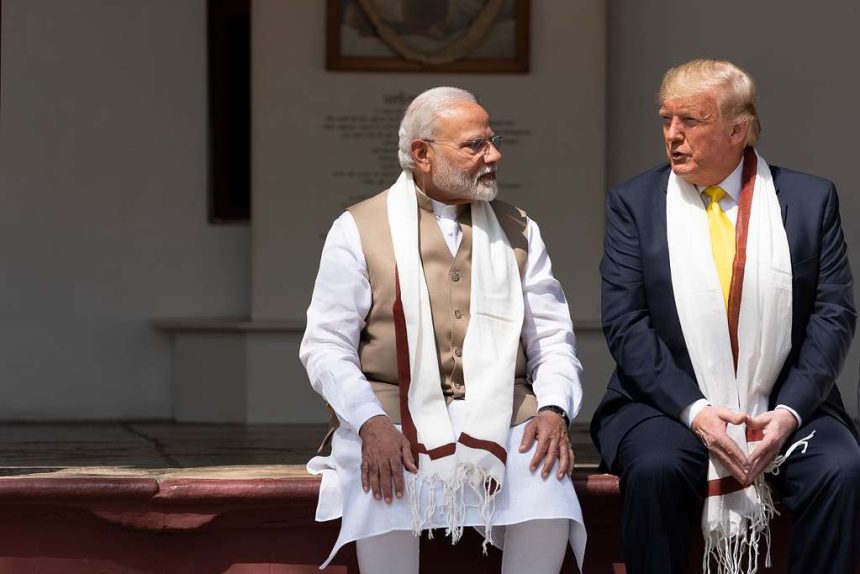Executive Order Doubles U.S. Tariffs on Indian Imports
On August 6, 2025, U.S. President Donald Trump signed an executive order that doubled tariffs on Indian goods—from 25% to 50%—as punishment for India’s continued purchase of Russian oil. The additional 25% tariff will enter into effect in 21 days, allowing a potential window for negotiation. This marks one of the highest tariff rates imposed on a key U.S. partner under the current administration.
India Denounces the Move as Unjust and Hypocritical
India’s government fiercely criticized the tariff hike, describing it as “unfair, unjustified and unreasonable.” Officials emphasized that New Delhi’s energy imports were driven by market factors and the imperatives of energy security for its 1.4 billion population. They also accused the U.S. of double standards—pointing out its own and the EU’s continued oil trade with Russia.
Economic Fallout and Strategic Dilemma
Industry analysts warn the move could significantly harm the Indian economy. The heightened tariff burden threatens to reduce Indian exports to the U.S. by up to 50%, hampering growth and potentially lowering GDP forecasts. Despite pressure from Washington, India is unlikely to instantly shift away from Russian oil, as alternative sources pose logistical and economic challenges.
Broader Geopolitical Context: Secondary Sanctions and Legislative Support
The tariff increase aligns with Trump’s broader strategy of implementing “secondary tariffs”—economic penalties aimed at countries trading with Russia. In July, U.S. senators introduced the Sanctioning Russia Act, proposing tariffs of up to 500% on nations importing Russian energy. Trump’s executive order is a prelude to possible wider sanctions.
This escalation underscores growing U.S. impatience with India’s balancing act between national energy needs and geopolitical pressures. As the 21-day window opens, attention turns to whether diplomacy can defuse economic fallout—or whether this marks a deeper strain in U.S.–India relations.










